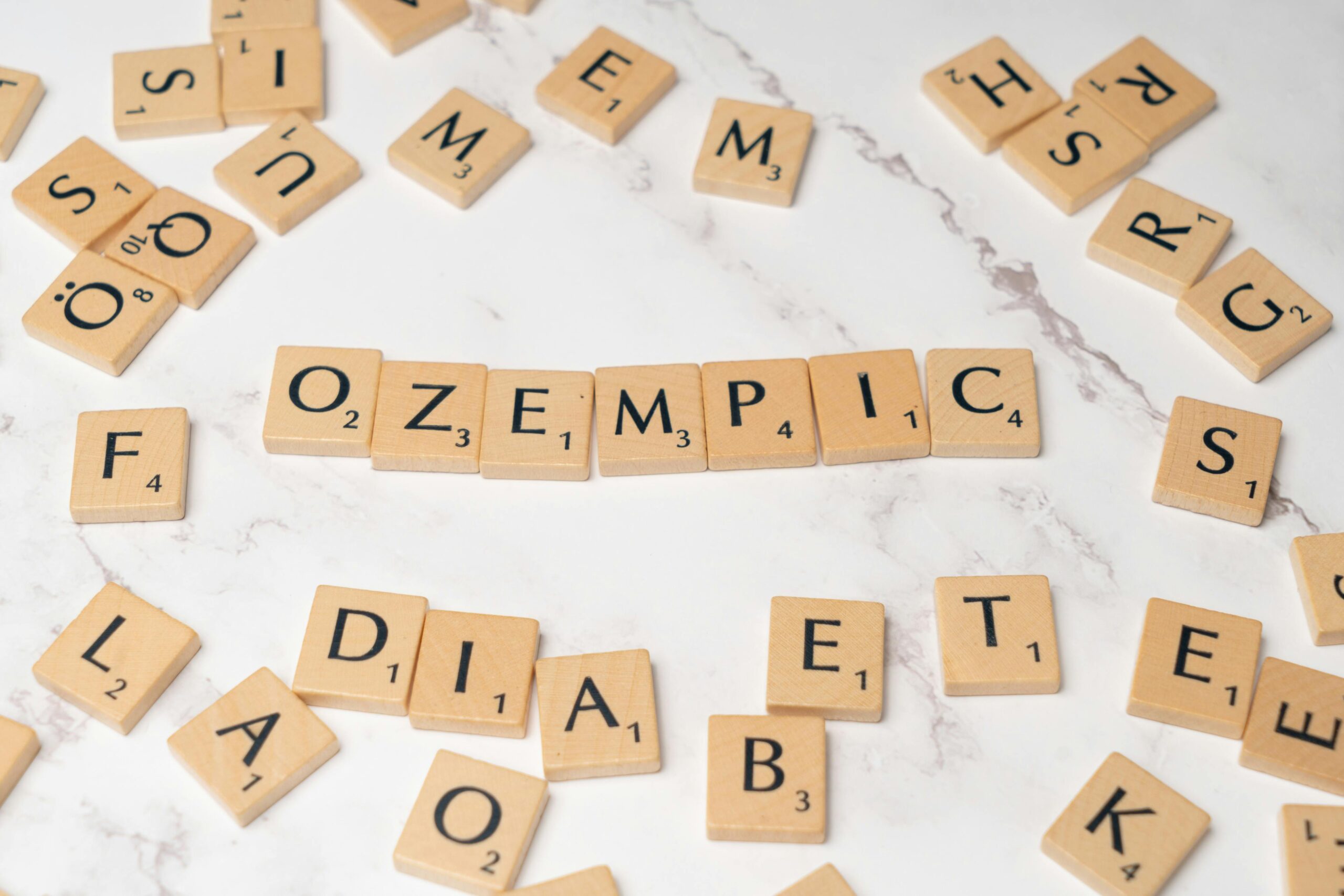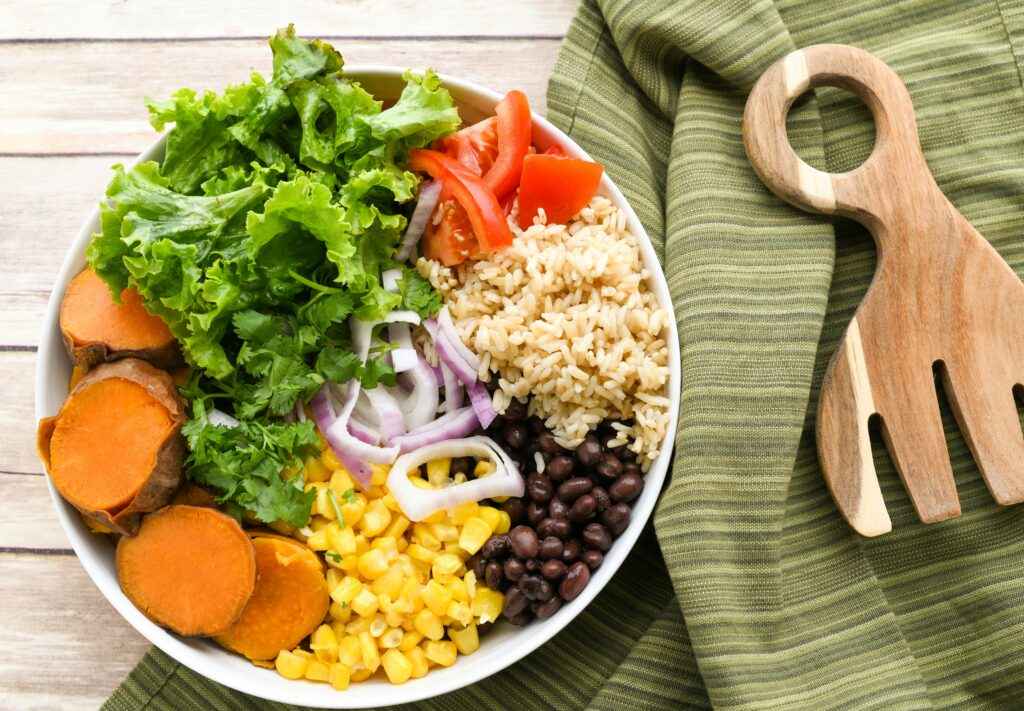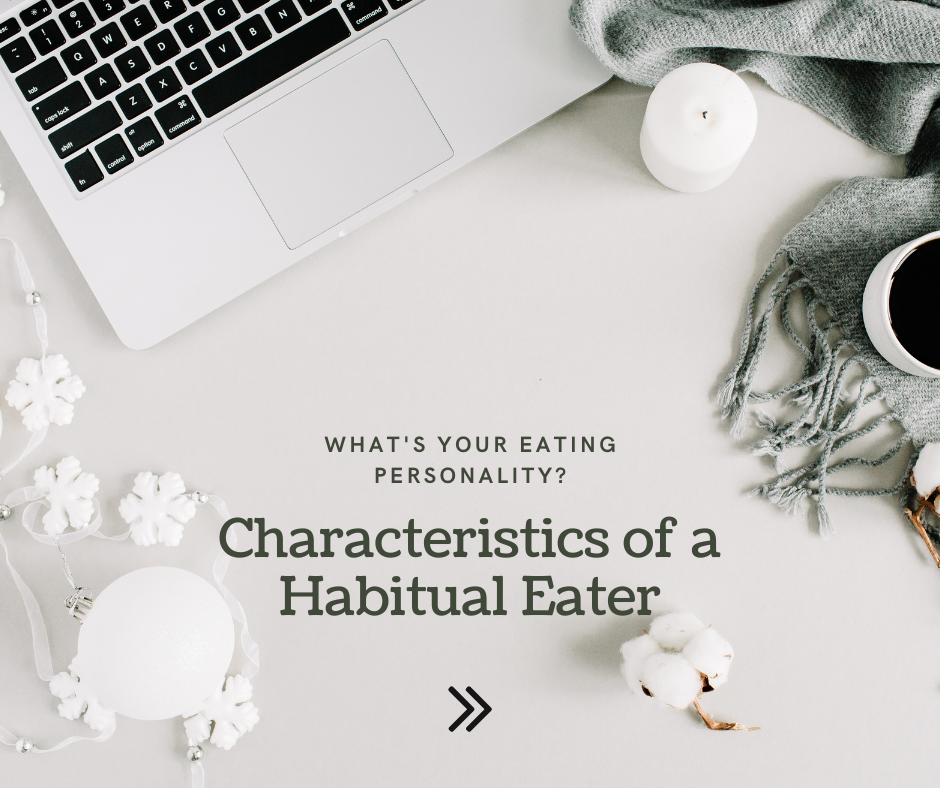
The Impact of GLP-1 Medications on Nutrition and Appetite
In recent years, GLP-1 medications have made headlines for their powerful effects on weight loss and blood sugar control. Originally ...
In recent years, GLP-1 medications have made headlines for their powerful effects on weight loss and blood sugar control. Originally developed to help people manage type 2 diabetes, these medications, including semaglutide (also known as Ozempic and Wegovy) and tirzepatide (also known as Mounjaro and Zepbound), are now widely used in obesity management and weight loss.
If you’re taking or considering taking GLP-1 medications, you may be wondering: How do they impact my nutrition and appetite? As a dietitian, I believe it’s crucial to understand not just how these medications work, but how they can affect your relationship with food and your body’s needs.
What Are GLP-1 Medications?
GLP-1 medications work by copying a natural hormone your body makes in the gut. This hormone helps control blood sugar, slows down digestion, and makes you feel full after eating. Here are there words you may hear while looking into GLP-1 medications:
- Stimulating insulin secretion (helping lower blood sugar)
- Slowing gastric emptying (making you feel fuller, longer)
- Suppressing appetite (reducing overall food intake)
When used under medical supervision, GLP-1 medications can be powerful tools for improving metabolic health. These medications are widely used in patients with diabetes to control blood sugar and digestion. However, they also introduce important changes in how your body processes hunger, fullness, and nutrition. When taking these medications, with the intentions of weight loss, there are a couple of factors to keep in mind.

Appetite Changes: What to Expect
One of the first affects most people notice on GLP-1 medications is a dramatic decrease in appetite. Many report feeling full after just a few bites, or having little interest in food at all.
While this can help create a calorie deficit and promote weight loss, it also comes with some risks:
- Undereating: Consistently eating too little can lead to nutrient deficiencies, muscle loss, and fatigue. In severe cases, malnutrition can occur leading to many health complications
- Reduced thirst cues: Some people also notice they drink less, increasing the risk of dehydration.
- Food aversions: Certain foods (particularly high-fat or rich dishes) may become less appealing or cause nausea.
Being mindful of these changes is key to maintaining a sustainable approach to eating. Keep in mind a healthy relationship with food is crucial while taking these sorts of medications.
Nutrient Deficiencies and Muscle Loss
With a dramatically suppressed appetite, many people aren’t eating enough protein, fiber, or essential nutrients to support their overall health. Over time, this can lead to:
- Loss of lean muscle mass
- Decreased metabolic rate
- Weakened immune function
- Hair thinning, fatigue, and digestive issues
Using these medications, without a medical reason, to obtain weight loss goals can come with severe risks. Simply being “thinner” does not mean being healthier.
Nutrition Priorities on GLP-1 Therapy
If you’re using a GLP-1 medication, you’ll need to adjust your nutrition strategies to meet your body’s new needs. Some important priorities include:
1. Focus on Protein
Because your appetite is smaller, every bite matters. Prioritizing protein helps preserve lean muscle mass and supports healthy metabolism. Aim for:
- A source of protein at every meal (chicken, fish, tofu, eggs, Greek yogurt, etc.)
- Around 20 grams of protein should be incorporated into each meal
- Protein-rich snacks like cottage cheese, nuts, or protein shakes if needed
2. Stay Hydrated
With reduced thirst, it’s easy to forget to drink enough water. Set hydration goals such as sipping throughout the day or aiming for at least 8 cups daily to help avoid dehydration.

3. Prioritize Nutrient-Dense Foods
Smaller meals mean less room for empty calories. Make each meal count with foods high in vitamins, minerals, and fiber:
- Leafy greens
- Berries
- Beans and lentils
- Whole grains
- Nuts and seeds
4. Manage Side Effects
Nausea and gastrointestinal upset are common, especially when starting or adjusting doses. To manage side effects:
- Eat smaller and more frequent meals
- Choose bland and easy-to-digest foods when needed
- Limit very fatty, fried, or spicy foods until they are more tolerated
5. Monitor Overall Intake
Losing weight might be your goal, but dropping pounds too quickly or losing too much can harm your health. A registered dietitian can help you make sure you’re getting enough food to stay energized, avoid vitamin and mineral shortages, and keep your muscles strong.
The Bottom Line
GLP-1 medications can be incredible tools for improving health, but they aren’t magic solutions, and they don’t replace the need for balanced nutrition. In fact, because they change how your body signals hunger and fullness, intentional eating habits become even more important.
If you’re on or considering GLP-1 therapy, partnering with a dietitian can help you:
- Create a nutrition plan that meets your needs
- Prevent muscle loss and malnutrition
- Manage side effects and feel your best
- Build sustainable habits for long-term health
At Nourished Routes, we’re here to guide you through every step of your health journey with evidence-based, compassionate support. Ready to create a plan that works for your body, your goals, and your life? Check out my coaching page here!
This article is a Blog post written by Jenna Corbett, a nutrition intern. Fact checked by Allison Tallman RD.

